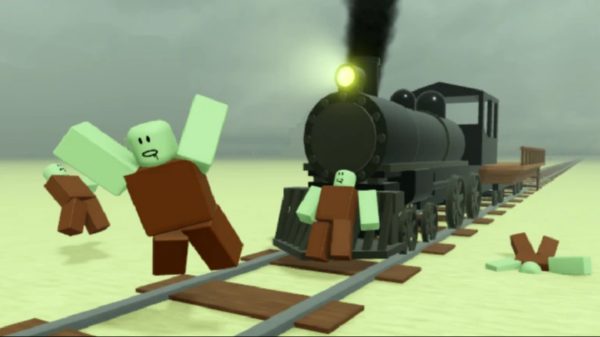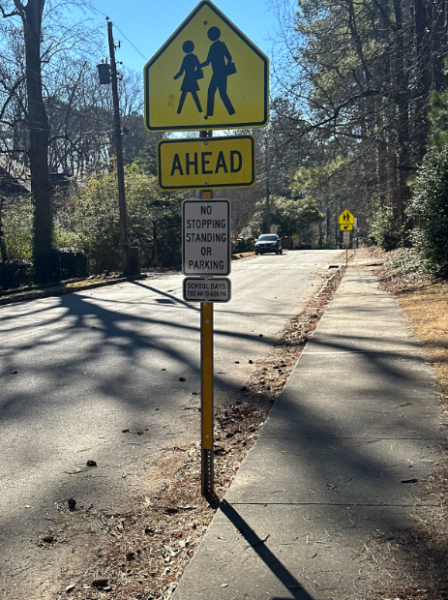The Conflict in Iran, As Explained by a High Schooler
For what is certainly not the first time, the United States finds itself on the precipice of conflict in the Middle East. As tensions increase in Iran, students are left to wonder – what happens if we go to war? How did we get here?
The start of the conflicts with Iran was not actually the killing of Iranian General Qasem Soleimani, but rather when the Trump administration backed out of the Iran nuclear deal in 2018 and imposed harsher sanctions and other restrictions on Iran. Iran and the United States had also engaged in several standoffs, particularly concerning oil tankers passing through the Strait of Hormuz.
Prior to the assassination of Soleimani, both sides reiterated that they did not wish for war – but that they would crush the other side if it came to such a conflict. This attitude almost certainly led to the tensions that have recently boiled over, with the targeted assassination of one of the Iranian Revolutionary Guard Corps’s top generals by the United States in a drone strike on Baghdad International Airport on January 3rd, 2020.
Early on January 8th, Iran retaliated by launching surface-to-surface missiles towards United States military bases in Iraq. 17 missiles hit Al-Asad airbase – but no personnel at the base were killed in the attack.
However, Iran did take human lives on that day. Iran recently took responsibility for “unintentionally” shooting down a Ukranian commercial plane with 176 people on board, killing all of them. Rouhani further described the attack, which resulted in the death of 138 passengers, including 63 Canadians and 11 Ukranians, as a very unfortunate accident. Canadian President Justin Trudeau insists that escalation on the part of the United States is at least partially to blame for the deaths of the passengers on board.
With these escalations, one could be left to worry that all-out nuclear war is on the horizon. But the situation now seems that it is headed in the opposite direction, with neither the United States or Iran wanting to engage in a war – it seems that they will be satisfied to continue to launch minor strikes against one another, and impose sanctions and restrictions on one another. The conflict with Iran is not likely to evolve any further than it already has – a war of words and threats, with neither side really being committed to a prolonged conflict, and President Trump and the Department of Defense choosing to impose more sanctions rather than send troops to Iran. As Iran engages and complies with an investigation into the events leading up to and surrounding the downing of the Ukranian plane, tensions are bound to de-escalate.
Reports show that both sides maintained back-channel communications through intermediaries in order to avoid conflict. This seems like a promising first step towards future de-escalations, as it shows that both sides were dedicated to taking the proper steps to avoid a full blown war. With the help of mediators with strong relations with both sides, such as Qatar and Oman,
As a high schooler, one could worry that a war is on the horizon, World War 3 memes on the Internet make the situation in Iran seem as if a massive conflict is imminent, and that a draft is to be used – but the far more likely reality is simply that all of this will be forgotten in the grand geopolitical scheme, and life will go on for the average American high schooler as normal.
While the situation in Iran is alarming to say the least, the biggest takeaway for high schoolers should be an increased understanding of America’s place in the world, rather than a legitimate fear of war. While war most likely will not be the outcome, this conflict can certainly serve as a major learning experience about diplomacy and global politics.
Your donation will support the student journalists of Chamblee High School Blue & Gold. Your contribution will allow us to print editions of our work and cover our annual website hosting costs. Currently, we are working to fund a Halloween satire edition.









